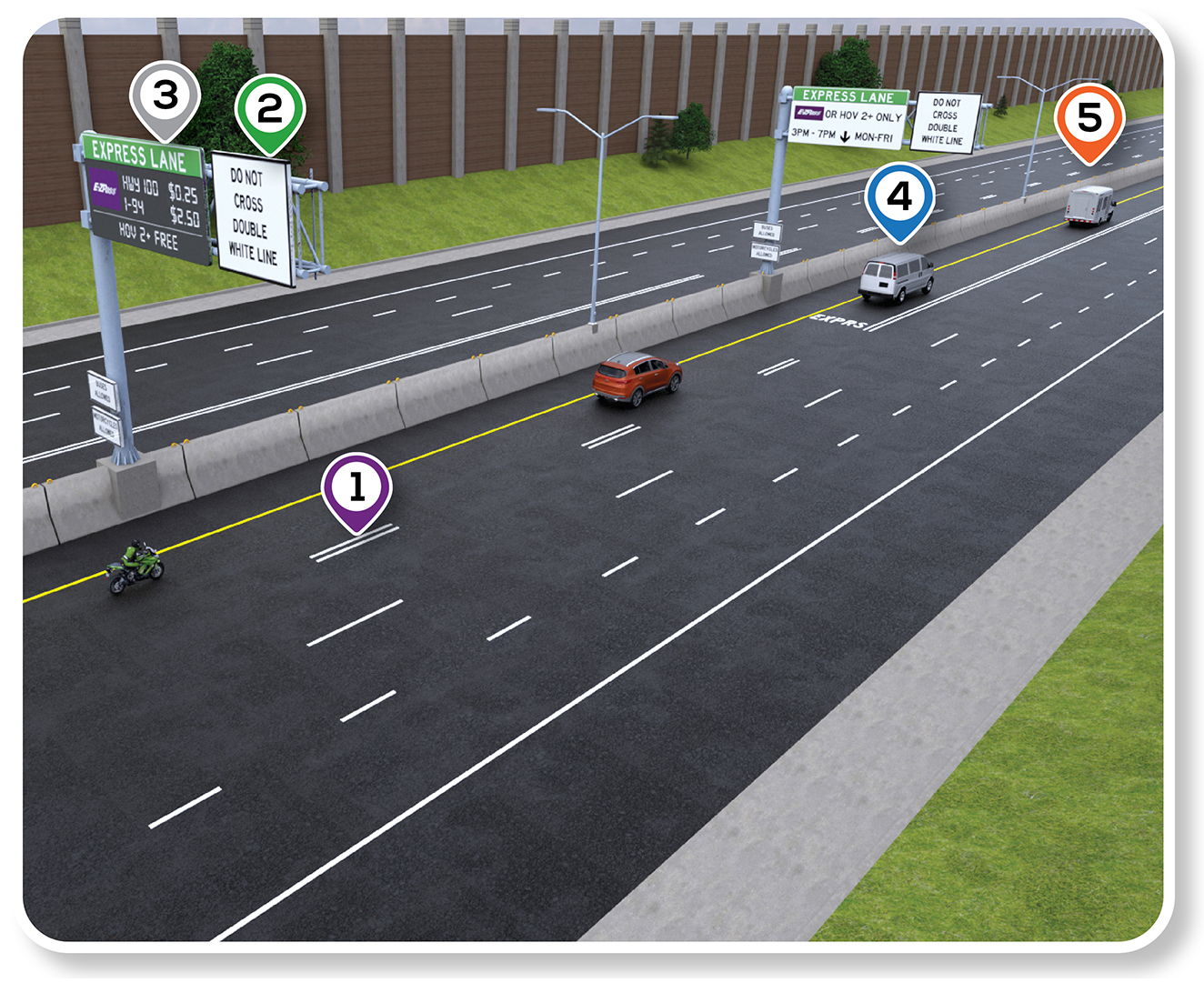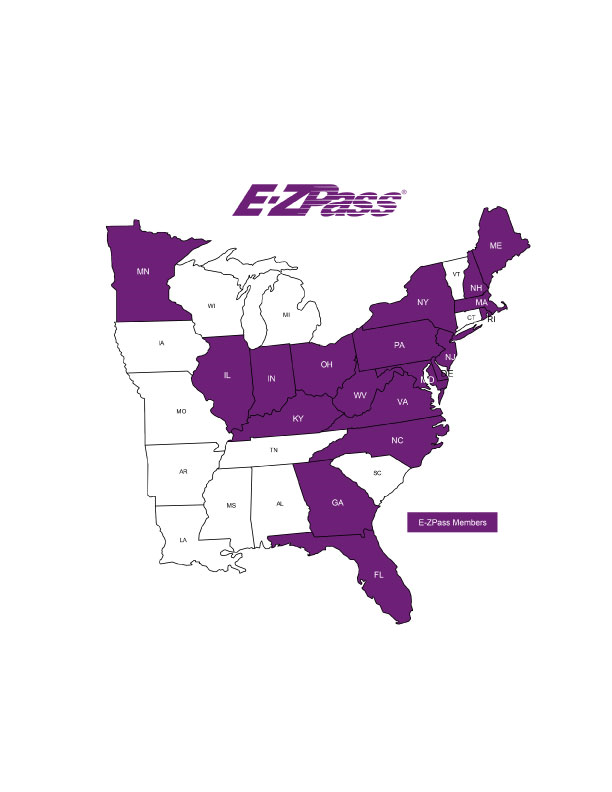Getting the Most out of Your E-ZPass Across State Lines
E-ZPass electronic toll collection systems make travel along the Northeast corridor seamless and hassle-free. However, questions often arise around using your E-ZPass when relocating or traveling to different states. This guide explores best practices for using your E-ZPass tags across state lines.
Updating Your Account Details
When you move to a new state, the first step is always to update your contact and billing information in your E-ZPass account. Even if you are keeping your original transponder, important details like your address, license plate, and payment methods need to reflect your current situation. Most E-ZPass agencies only charge tolls to the address on file, so having accurate information prevents unnecessary fees. Through your online account portal, double check that your name, phone number, email, mailing address, vehicle information, and payment details are all up-to-date. Making these small changes ensures your account stays in good standing no matter where you reside.
Choosing the Right Transponder for Your Needs
Understanding Regional Coverage
While E-ZPass is accepted throughout most of the Northeast, certain states like Florida have developed their own branded systems instead, like Sun Pass. Make sure to research E-ZPass acceptance coverage for your new location. If the system is different, switching to a regional transponder may be preferable to avoid higher out-of-state toll rates. However, the original transponder will still function across most participating agencies.

Weighing Convenience Against Cost Savings
Obtaining a new in-state transponder has the benefit of access to any resident toll discounts. However, you need to factor in fees for the device itself which can easily total over $30. Sticking with your original transponder avoids these upfront costs, though tolls may be marginally higher. Consider how frequently you’ll be on toll roads at home versus traveling before deciding if the savings outweigh convenience. For occasional use, keeping one E-ZPass is sufficient for most needs.
Utilizing Your Existing Transponder Without Issue
For those who choose to hold onto their original E-ZPass transponder, rest assured it can still be used smoothly across different jurisdictions. However, a few extras steps may smooth the transition.
Confirming Toll Rates With Your New State
Certain states charge variable toll rates based on the issuing agency of your transponder. Contact your new state’s transportation department to verify if you’ll be charged the standard resident rates even with a transponder from another area. Understanding the toll structure upfront prevents unforeseen charges later.
Updating Vehicle Information As Needed
Changing license plates when you move requires syncing that new number to your E-ZPass account. Log in online and modify the vehicle data section with the most current plate information. Also double check your license state is accurate. This ensures tolls are charged appropriately based on your actual vehicle.
Watching For Signs of Tolls In Arrears
Even with all account details updated correctly, it’s still possible for toll charges to fall behind if license plates can’t be identified. Monitor your statements and E-ZPass portal regularly for any signs of unpaid tolls building up due to image processing issues. One missed notice can lead to hefty fines and fees that erase the savings of keeping an old transponder. Be proactive making payments if discrepancies appear.
Traveling With E-ZPass: Same Convenience, Different Rates
E-ZPass provides seamless travel up and down the Northeastern seaboard whether you’re relocating permanently or just traveling interstate. The unified system means you won’t have to mess with cash each time tolls are collected electronically via your transponder. However, rates can fluctuate between states for out-of-state tags.
Understanding How Rates Vary By Location
When traveling outside your home state with E-ZPass, you may encounter modestly higher toll charges versus a transponder issued locally. Make sure to review each agency’s schedules for variable toll rates based on location of issue. The incremental differences are usually nominal but worth noting for extended travel. Fully grasping the policies avoids sticker shock down the line.
Paying Attention In Multi-Jurisdictional Areas
Busy corridors like the Delaware Memorial Bridge utilize E-ZPass technology from both Delaware and New Jersey agencies. Watch for signage near toll plazas indicating the proper jurisdiction that day so you pay the resident rate according the issuing state E-ZPass. Being aware which system is in use at major crossings is an easy way to optimize savings.
Making Adjustments As Needed During Trips
If long-distance travel means regularly commuting outside your home region, consider a temporary or permanently adding another E-ZPass to your vehicle from that state. Doing so allows enjoying lower tolls when on the road away from home for extended stays. Similarly, snowbirds can maintain tags for both primary and summer residences. Flexibility may maximize savings over the whole year.
Conclusion: One Tag, Endless Convenience Across Regional Toll Systems
With a bit of forethought and account diligence, E-ZPass users can continue enjoying seamless travel throughout the Northeast toll network without disruption caused by a change in address. Whether you stick with the original tag or obtain a new one, having the right details up to date and understanding toll policies upfront delivers convenience on every trip, whether short travel out of state or a permanent relocation. A single E-ZPass opens up transportation while respecting regional needs - making mobility simple for all. So in summary, the best practice is to keep your existing E-ZPass active by updating contact details, and confirming rates in your new location. This approach maintains functionality across agencies without needless costs. Flexible usage of one account allows taking full advantage of coordinated electronic tolling from Maine to Virginia. 